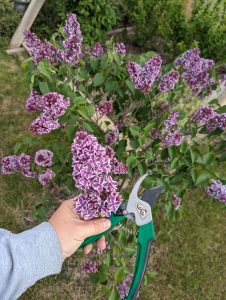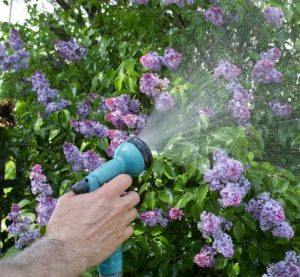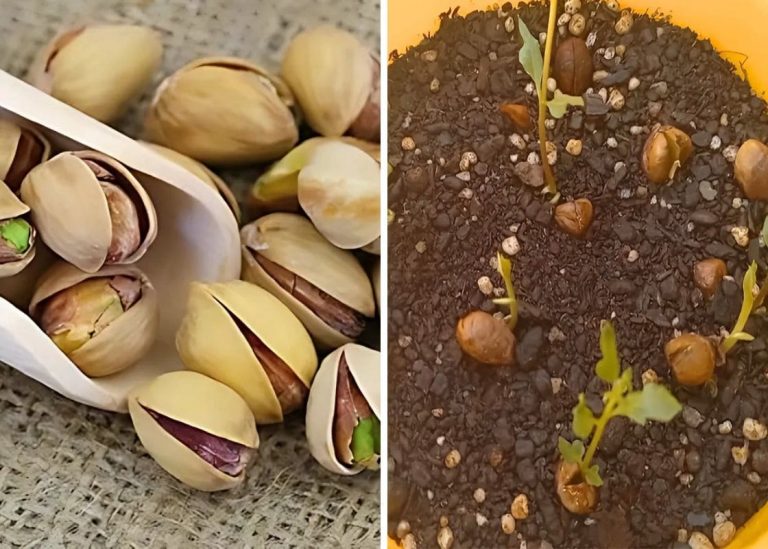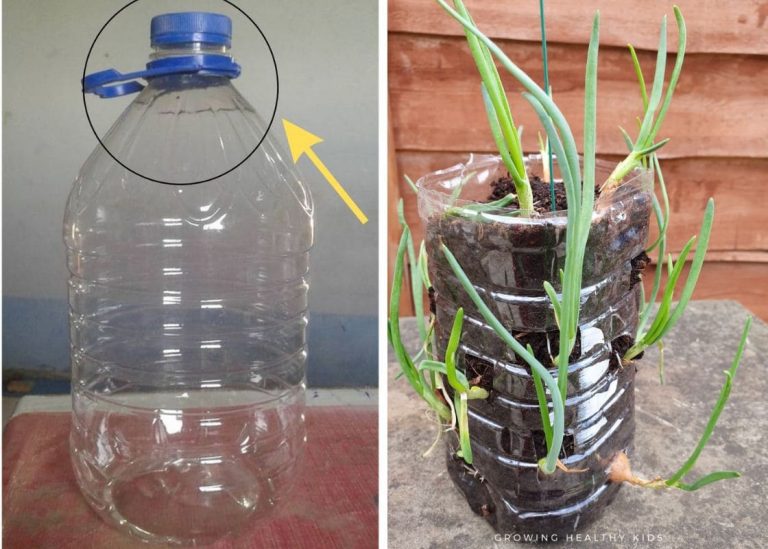Proven Tips to Make Lilac Trees Fully Bloom for an Abundant Fragrance-Filled Spring
I’ll never forget the spring when my old lilac tree finally bloomed like it meant it. For years, it gave me leaves. Just leaves. And while I loved the green, I couldn’t help feeling a little disappointed each May when other yards filled the air with that powdery-sweet scent, and mine stood there… quiet.
But then something changed. A neighbor stopped by one fall with a slice of advice (and a slice of lemon cake): “You know she needs a haircut and a little sun, right?” She meant my lilac. So I listened. I trimmed it differently. Moved a few taller plants that were casting shadows. Gave it breathing space. The next spring, buds appeared like little promises—and one morning, I walked outside to a cloud of soft, purple flowers swaying in the breeze.
That bloom was more than just petals. It felt like my garden had answered back.
If you’re hoping for more blooms, deeper fragrance, and that once-a-year lilac moment that fills your heart as much as your yard, this is for you.
Let the Sun Shine In
I made the classic mistake once—planted a lilac too close to a towering maple. It got maybe four hours of light on a good day. Pretty leaves, but barely a bloom.

Lilacs crave sunshine like bees crave blossoms. They’ll tolerate partial shade, but to truly explode in flowers, they need 6–8 hours of full sun.
If your lilac isn’t blooming:
-
Check if it’s getting blocked by trees, fences, or structures.
-
Trim nearby shrubs that may cast afternoon shadows.
-
Consider transplanting in early fall if light is poor—it’s bold, but worth it.
The year I gave mine more sun, it doubled its blooms. Lilacs don’t sulk—they speak. And they love the light.
Soil That’s Just Right (Lilacs Aren’t Fussy But They’re Not Foolish)
My lilacs aren’t picky—but they are particular. For a while, I kept wondering why my newer plant wasn’t blooming. It looked healthy, but flowerless. A soil test told the truth: the pH was too acidic.
Lilacs prefer neutral to slightly alkaline soil, between 6.5 and 7.5. And they hate soggy feet.
To help your soil bloom-ready:
-
Mix in a bit of garden lime if your pH is too low.
-
Add compost or coarse sand to improve drainage.
-
Avoid thick, heavy clay—raise the bed or loosen the ground if needed.
It doesn’t need to be perfect soil. Just welcoming. Like any good garden friend.

Prune at the Right Time (and the Right Way)
Years ago, I pruned my lilac in early fall. That spring, I got nothing. Just leaves again. Turns out, lilacs bloom on old wood—and I had unknowingly snipped off every single bud.
Now, I always prune just after the last flower fades—usually late May in my area. I deadhead gently, then snip the stem back to a pair of healthy leaves.
Smart lilac pruning tips:
-
Prune immediately after blooming—not before or too late in the season
-
Always cut back to strong leaf pairs, not just above the flower head
-
Remove crossed or crowded branches to open up air and light
This one habit changed everything for me. Timing is everything with lilacs.

When Old Lilacs Stop Blooming: Time for Renewal
I moved into a house with a lilac that looked more like a woody thicket than a tree. Gnarled, overgrown, stingy with blooms. But I didn’t give up on it.
Over three springs, I cut away one-third of the oldest, thickest stems—right to the base. By the second year, new shoots were sprouting. By the third, it bloomed like a poem.
Try rejuvenation pruning if your lilac is:
-
Over 10 years old
-
Blooming poorly
-
Dense with woody, tangled growth
Give it time. You’re waking it up slowly, kindly.
Feed, But Don’t Overfeed
I once used an all-purpose fertilizer on my lilac in early spring. It grew lush green leaves… and zero flowers. Too much nitrogen.
Now I’m gentler. I focus on phosphorus-rich feeding in early spring—just enough to support blooming, not leafy expansion.
What I use:
-
A low-nitrogen fertilizer (5-10-5 works well)
-
A scoop of bone meal at the drip line
-
Compost mulch in fall for slow-release nutrition
Think of it like tea, not coffee—something warming and steady, not jolting.
Watering With Purpose
Lilacs don’t need pampering, but young ones need help settling in. I learned that when I lost a newly planted lilac to a dry, windy spring.
Now I water once a week during dry spells, focusing deep at the root zone—not just a surface sprinkle.
What works best:
-
Water early in the day
-
Keep the base free from damp mulch and leaf clutter
-
Deep soak the roots rather than misting the leaves
Let the water reach where it matters. That’s where the blooms begin.

Lilacs Need Winter to Bloom
Here’s something I didn’t know until I almost gave up: lilacs need cold. Their flower buds form after a period of dormancy, usually weeks below 40°F.
In warmer zones, that chill may not come naturally—so blooms don’t happen.
If you live in a warm climate:
-
Choose low-chill varieties like ‘Blue Skies’ or ‘Lavender Lady’
-
Avoid insulating the base too much in winter
-
Keep the plant outdoors for natural cold exposure
It feels strange hoping for frost, but trust me—your lilac dreams in winter.
Don’t Let Suckers Steal the Show
Each spring, I kneel beside my lilac and do a little cleanup. I call it the “sucker check.” Thin little shoots sneak up from the base, trying to turn the plant into a wild shrub.
They drain energy from the main trunks—the ones you want blooming.
Every spring:
-
Remove base suckers with sharp shears
-
Focus growth on 5–7 strong, healthy canes
-
Use those suckers for propagation, if you’d like!
A tidy base means focused blooms.
Final Thoughts: When Lilacs Give, They Give Big
Lilacs aren’t complicated. But they are honest. They bloom best when given what they quietly ask for—sun, air, good soil, and time. Not too much feeding. Not too much pruning. Just enough care to understand them.
Each spring, when mine blooms, it stops me in my tracks. The scent carries childhood memories. The flowers feel like a reward for listening, learning, and letting nature unfold.
I’d love to know: what’s your lilac story? Have you found your rhythm with them yet? Let’s trade tips and memories in the comments—because gardening is sweeter when it’s shared.







